Tag: ICU

Impact of a Rounding Checklist Implementation in the Trauma ICU on Clinical Outcomes
We aimed to evaluate the effectiveness of an intensive care unit (ICU) round checklist, FAST HUGS BID (Feeding, Analgesia, Sedation, Thromboembolic prophylaxis, Head-of-bed elevation, Ulcer prophylaxis, Glycemic control,... read more
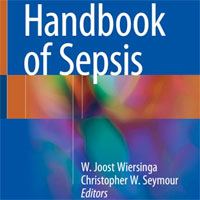
Handbook of Sepsis
This recently released practically oriented book provides an up-to-date overview of all significant aspects of the pathogenesis of sepsis and its management, including within the ICU. Readers will find information on... read more

Cardiac Index and Heart Rate as Prognostic Indicators for Mortality in Septic Shock
Our retrospective study shows that monitoring cardiac index and heart rate in patients with septic shock may help predict the organismal response and hemodynamic consequences, as well as the prognosis. Thus, healthcare providers... read more

Handbook of Critical and Intensive Care Medicine
The latest edition of this handbook is a concise yet comprehensive guide for attending physicians, fellows, residents, and students who cover the ICU. The chapters follow an outline format and are divided by organ system,... read more

Handbook of Evidence-Based Critical Care
This updated and revised edition of the classic bedside pocket reference remains the gold standard in critical care medicine. The new edition maintains Dr. Marik's trademark humor and engaging writing style, while adding... read more

Scientific Study Validates Usability of Post-ICU Digital Diary for Families of ICU Patients
In a groundbreaking pilot study, "The usability of a digital diary from the perspectives of intensive care patients’ relatives", researchers have unequivocally confirmed the practicality and effectiveness of Post-ICU for... read more
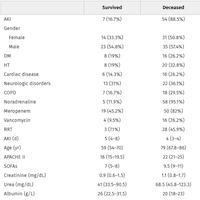
AKI Risk Factors in ICU Patients Using Colistin
Colistin, an antibiotic of polymyxin group, has recently been increasingly used in the treatment of multidrug resistant gram-negative bacteria. However, it has serious adverse effects such as acute kidney injury (AKI). We... read more

COVID-19 Airway Management and Ventilation Strategy for Critically Ill Older Patients
This book describes the issues and challenges that clinicians encountered in the management of older critically ill patients during the COVID-19 pandemic, and offers practical information on how to manage them. Older... read more
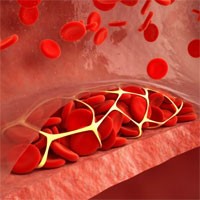
VTE in Critically Ill Adult Patients with Hematologic Malignancy
Among patients with hematologic malignancy, critical illness and certain baseline characteristics were associated with a higher incidence of venous thromboembolism (VTE). Among 76,803 eligible patients (mean age 67 years... read more

Haloperidol vs. Placebo in ICU Patients with Delirium
We assessed long-term outcomes in acutely admitted adult patients with delirium treated in intensive care unit (ICU) with haloperidol versus placebo. In acutely admitted adult ICU patients with delirium, haloperidol treatment... read more

10 Reasons for Pharmacy Professionals Presence in the ICU
The momentum exists for establishing and expanding ICU pharmacy practice throughout Europe. A first step should be a White Paper, describing the roles and key priorities for ICU pharmacy professionals. Education should... read more
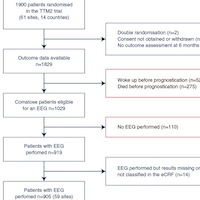
EEG Patterns for Predicting Poor Outcome After Cardiac Arrest
The specificity of the ERC-ESICM-recommended EEG patterns for predicting poor outcome after cardiac arrest exceeds 90% but is lower than in previous studies, suggesting that large-scale implementation may reduce their accuracy.... read more

Dyspnea and Dyspnea-Associated Anxiety in ICU Patients
Dyspnea is frequently associated with anxiety, prolonged days on mechanical ventilation, and worse quality of life after discharge. It can also increase the risk of posttraumatic stress disorder post ICU discharge. However,... read more

Scheduled Intravenous Opioids
Maintaining comfort and analgesia is fundamental to providing adequate care in intensive care unit (ICU) patients. Pain assessment and its control remain the highest priorities and concerns among survivors of critical illness... read more

ECPR for Hypothermic Refractory Cardiac Arrests in Temperate Climates
Accidental hypothermia designates an unintentional drop in body temperature below 35 °C. There is a major risk of ventricular fibrillation below 28 °C and cardiac arrest is almost inevitable below 24 °C. In such cases,... read more
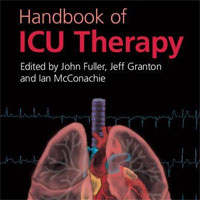
Handbook of ICU Therapy
This popular handbook provides a practical guide to managing common and important problems in the critically ill patient, as well as sufficient background information to enable understanding of the principles and rationale... read more
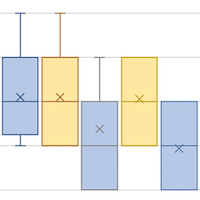
HFNC vs. CPAP in COVID-19 Patients with ARDS in ICU
Acute hypoxic respiratory failure in coronavirus disease 2019 (COVID-19) pneumonia has been treated with oxygen delivered by oxygen masks and non-invasive ventilation (NIV) with continuous positive airway pressure (CPAP),... read more









